
We got a first glimpse of Mitsubishi's brand new rear-projection-ish laser-based TV tech, LaserVue, back at CES, but now the sets are just about primed for action, and should be hitting store shelves, as previously noted, Q3 2008. LaserVue will debut in 65-inch and 73-inch, with the 65-inch version hitting the scene first. Mitsubishi is still pretty coy about what exactly makes the technology tick -- other than the "zomg, lasers" aspect -- but is quick to point out the 200 percent color gamut that LaserVue provides, more than twice that of most traditional HDTVs. The sets also run at 120Hz, and boast 500 nits of brightness. Head to head against LCD and plasma sets we had trouble finding the differences, other than the color depth (particularly in the reds, almost too much so, though we're sure you can tweak that). Have no fear: the blacks are black, the brights are bright, and the viewing angle puts DLP to shame. That said, we're hearing price points are going to be more comparable to plasma and LCD than DLP, so Mitsubishi might have its work cut out for it in convincing consumers that these new "chubby," 10-inch thick TVs are the way to go. We're not entirely convinced ourselves, though one aspect can't be disputed: LaserVue draws under 200 watts, about half that of LCD and a third of plasma.
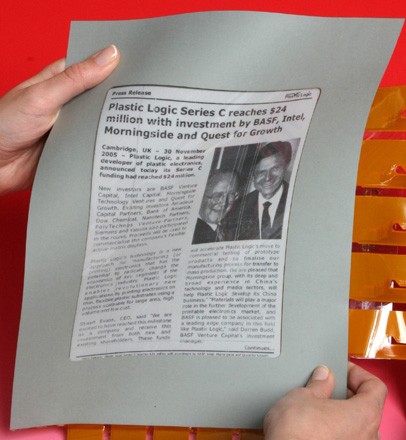
Yeah, quite a few rags out there have already diverted at least some of their efforts to the electronic press, but according to E Ink's Ryosuke Kuwata, the trend is set to explode in late 2009. Said VP, who is currently in charge of market development, admitted that some newspapers in Japan, America and Europe are all looking to make the move to e-paper in the not-too-distant future. He also stated that "verification tests" (trials, we presume) would be starting up "using several thousands of terminals by the end of 2008," and that the company would "gradually shift to a specific business in the second half of 2009." Reading the local headlines on e-paper, scooting to the market in a flying vessel and showing up to work by flipping on a hologram transmitter. Meatloaf always said two out of three wasn't bad.

Still really attached to that landline phone? Seriously? That's cool, we still love you, and T-Mobile still wants your business. Following a few months of trials, the T-Mobile HotSpot @Home Talk Forever service has mercifully morphed into the simpler "T-Mobile @Home," featuring a Linksys-sourced router that plugs into a broadband connection and allows any plain ol' telephone -- you know, the plug-in kind -- to take advantage of unlimited nationwide calling for $10 a month on top of your regular T-Mobile bill. The so-called "HiPort" router runs $49.99 on a two-year contract, and if you're in the market for a fancy new cordless, they'll sell you a two-handset VTech DECT system for $59.99. No worries when you're ready to hop back into the 21st century, either; the system will happily work with T-Mobile's HotSpot @Home WiFi cellphones, too. Look for the whole shebang to go on sale July 2.
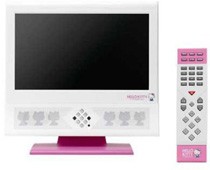
We'd generally assume this was just some kind of sick joke, but given Uniden's history of cranking out kid-lovin', themed LCD TVs, we're being forced to accept the fact that this here unit is indeed real. The TL19TX1 is all set to launch next month in black or white and feature a 19-inch 1,440 x 810 resolution display, 1,000:1 contrast ratio, integrated digital TV tuner, twin 3-watt speakers, HDMI / component / composite inputs and enough Hello Kitty branding to make the average guy gag. Over in Japan, the unit will be selling for ¥69,800 ($647), but who knows how much it'll cost for you to import it. And yes, you'll be importing one for your little angel.
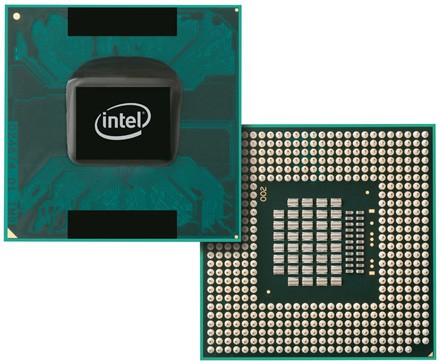
Who says you need a desktop chip packed within a 3-inch thick, 15-pound beast of a "laptop" to get decent FPS while at a LAN party? Intel's speedy Core 2 Extreme Mobile X9000 checks in at 2.8GHz (prior to overclocking, of course), and promises to punish today's latest games while sipping less power and generating less heat than the aforementioned alternatives. The gurus over at HotHardware were able to sit down with said chip and put it to the test; overall, the Mobile X9000 "proved itself to be as fast as its desktop counterparts in many scenarios, all the while consuming less power as a complete system in the Dell XPS M730 notebook testbed." If you're the type that gets all hot and bothered by benchmarks and graphs, there's plenty of those in the read link below.
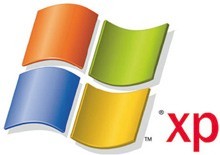
It may finally be starting to move down the availability ladder with computer manufacturers (netbooks and the like aside), but it looks like Microsoft is going to be standing by Windows XP for a good while yet, with it now pledging to support the tried and true OS through 2014. According to Microsoft senior VP Bill Veghte, that support will include security patches and "other critical updates," and he adds that "customers who still need Windows XP will be able to get it," despite plans to stop selling a retail product and stop licensing it directly to PC manufacturers after June 30th. For those keeping track, that'll mean that Microsoft will be supporting Windows XP for a full 13 years since its release -- assuming it doesn't push out that support window again when users refuse to upgrade to Windows 7, that is.
ASUS ARES CG6155 gaming PC: 4.0GHz QX9650ASUS ARES CG6155 gaming PC: 4.0GHz QX9650, GeForce GTX280, bragging rights, GeForce GTX280, bragging rights
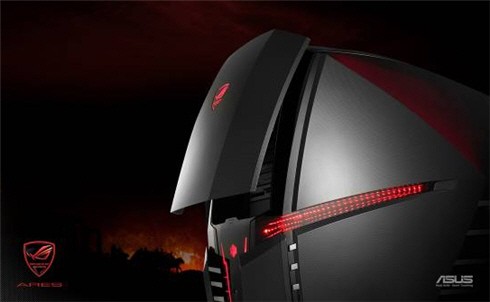
What's that, Acer? Your vicious Predator not feel so dominant now? ASUS just dropped a bombshell with the official release of the ARES CG6150 that first surfaced at CeBIT, and for gamers who accept nothing less than cutting edge, this is your rig. From the top, we've got an Intel Core 2 Extreme QX9650 (overclockable to 4.0GHz) processor, NVIDIA's nForce 790i Ultra SLI chipset, up to 8GB of DDR3 RAM, a 3-way SLI setup with GeForce GTX280s, up to 4TB of HDD space, a Blu-ray optical drive, twin gigabit Ethernet jacks, two power supplies and a custom liquid cooling arrangement. ASUS is being tight-lipped (as usual) with pricing / release information, but let's just assume you'll need a serious stack of Benjamins to even sniff this beast.
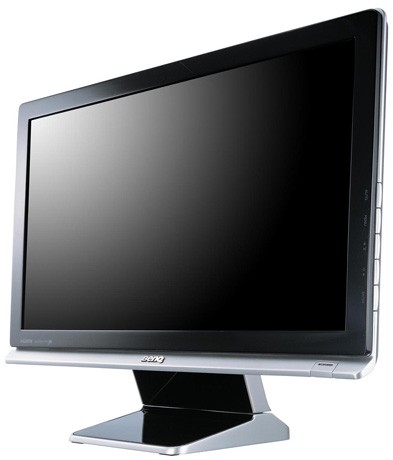
Heads-up, we've got another world's first coming from the labs at BenQ. The E2200HDA claims to be this planet's very first 21.5-inch 1080p Full HD LCD monitor, and given that odd panel size, we don't doubt it one bit. Just to reiterate, this one boasts a 1,920 x 1,080 resolution along with a 10,000:1 dynamic contrast ratio, 300 cd/m2 brightness, 5-millisecond response time, HDMI / DVI / VGA inputs, integrated speakers and a headphone jack. BenQ's keeping quiet on pricing, but we are told to expect two additional E Series displays (including a 24-incher) later this year. As for this one, look for it to land in China and "select countries in Europe, Asia Pacific and Latin America" in Q3. Yes, North America just got snubbed -- intensely.
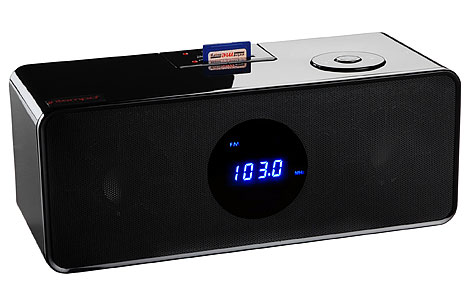
This is either the best or worst idea ever -- we're still not sure. The Intempo Rebel (aptly named) records songs from FM radio stations, strips out DJ chatter and ads, and saves them to an SD or MMC card as MP3 files. What's more, it even goes after the most-played songs to make sure you're getting all the good (overplayed?) tracks right off the air. It also sports a USB port, line-in jack, and headphone plug. Intempo calls it a "music sampling system" that cuts out "hyperactive DJs" -- we call it a headache for the RIAA. It can be yours for £69.99 or $138 US.
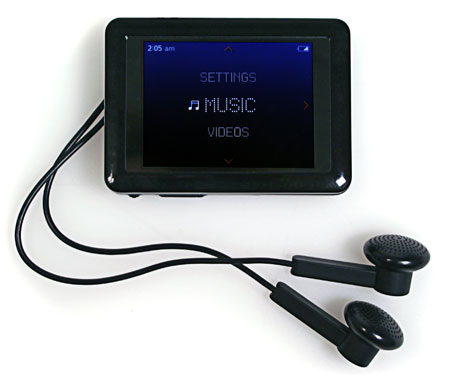
iriver's Lplayer, which we just got done handling ourselves, made it over to the review crew at PC Magazine. As expected, both design and interface were smiled upon, and critics also felt the price was fair. Upon using the admittedly wee device, they seemed to have problems getting the click buttons to respond like they wanted, but aside from that, hardly anything negative was said. The broad codec support was praised, the built-in equalizer worked as advertised and the FM tuner / voice recorder were welcome extras. All in all, it was seen as a worthy rival to the iPod nano, and if you're the type that prefers something different in the pocket, this puppy just might be the ticket.

These days, it's pretty wild and crazy if a PMP manufacturer manages to do anything different than what's already out there, so we've got a soft spot for Shenzhen's EM-2811, being sold as the "Latte ICE." Sure, nothing spectacular, and the 1GB-4GB capacity is seriously amature hour, but we like the look of the device, and the interface is pretty strong for a no-name DAP. There's a miniSD slot to overcome that capacity handicap, a 2.8-inch QVGA screen, FM radio, voice support, AVI / MPEG video playback, and a built-in speaker. Tetris is included, but with the button layout we're hoping they can finagle a couple emulators on there. Battery life of 4 hours video and 8 hours audio is painful, but overall the Latte ICE isn't at all bad for a $70 starting price.
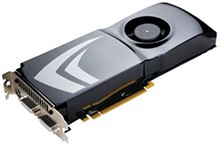
We knew driver-enabled PhysX support was due for NVIDIA's line some time soon, but HotHardware's reporting that GeForce 8 and 9-series owners will finally have it when ForceWare 177.39 ships alongside the GeForce 9800 GTX+ in July. The preliminary benchmarks seem to show some serious GPU performance gains for PhysX operations, so with any luck you'll soon be rendering Independence Day fireworks at greater framerates than ever previously imagined.

Apple hasn't sued Psystar yet, so it's no surprise the company is pushing the envelope as far as it can -- it's just introduced two rackmount servers that come with OS X Server pre-installed. The OpenServ 1100 and 2400 are both configurable with 2.5 GHz Xeon processors and up to 16GB of RAM, with the 1U 1100 sporting four drive bays and the 2U 2400 rocking six. Just like Psystar's other products, you're on your own (or at the mercy of Psystar) for service and support, since Apple won't help you -- and considering Psystar kept sending us support tickets for that DHCP issue but never actually called us to resolve it, that might make enterprise customers a bit wary. On the other hand, with prices starting at $1599, we're certain some desperate render shop will take the plunge.
About Me

- Peter Tam
- PJ, Selangor, Malaysia
- Peter Tam a full-time blogger,blogs about everything and anything under the sun :)
Peter's Foundation
Shout box
Bidvertiser
Blog Archive
- December (2)
- April (1)
- November (1)
- April (1)
- January (1)
- September (1)
- February (3)
- January (1)
- October (2)
- September (2)
- August (1)
- July (2)
- June (1)
- May (2)
- March (1)
- February (1)
- January (1)
- December (2)
- November (1)
- July (6)
- June (2)
- April (1)
- March (1)
- February (5)
- January (7)
- November (5)
- October (8)
- September (4)
- August (7)
- July (1)
- June (13)
- May (7)
- April (14)
- March (22)
- February (12)
- January (9)
- December (14)
- November (53)
- October (43)
- September (68)
- August (17)
Nuff Nuff
MyBlogLog
Crude Oil Price
Visitors
Gold Price

gold price charts provided by goldprice.org
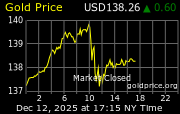
gold price charts provided by goldprice.org

gold price charts provided by goldprice.org

